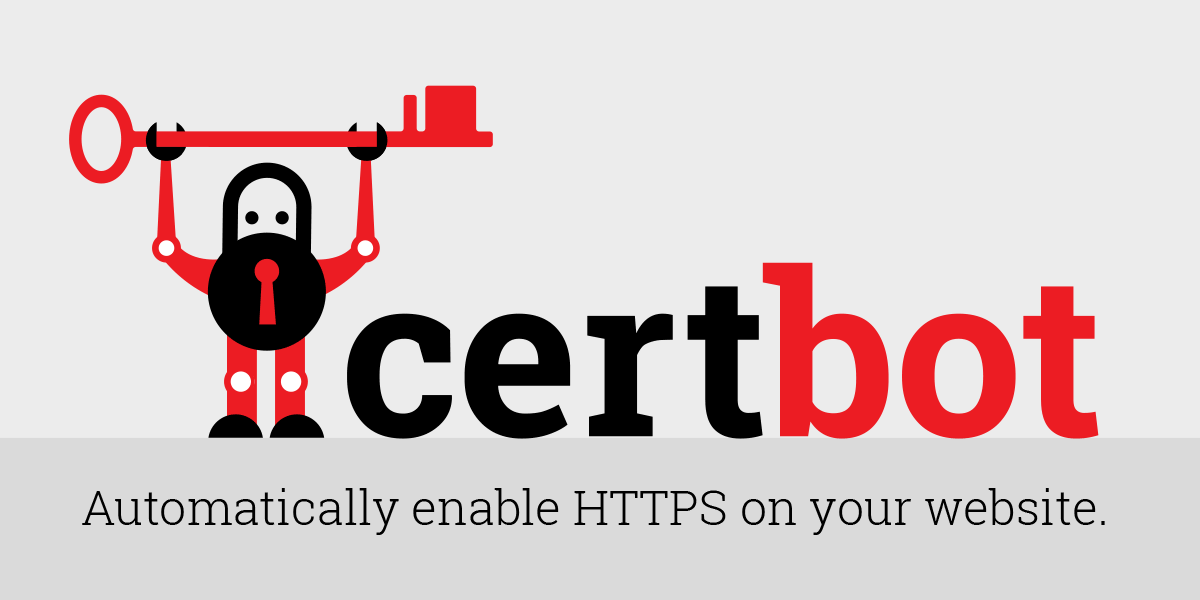The node requires an SSL certificate -
I have a Loxberry running v2.2.0.4 and wish to understand whether the instance of Apache on the Loxberry is sufficient for running the Certbot instructions here -
I don't want to compromise my Loxberry installation by installing 'non-standard' packages that might break on the next update.
I'm also a bit confused by the overall architecture of this Node-Red node. Given that it needs an SSL certificate, does that mean my domain needs to become HTTPS? Or does the Google Fulfillment service just need to have the certficates in the defined path on the Loxberry behind a HTTP domain (ie. using the http Node-RED root path).
I'm a bit confused by the SSL certificate stuff, so asking for any clarification on the 'big picture' and whether this is do-able on the Loxberry?



Kommentar